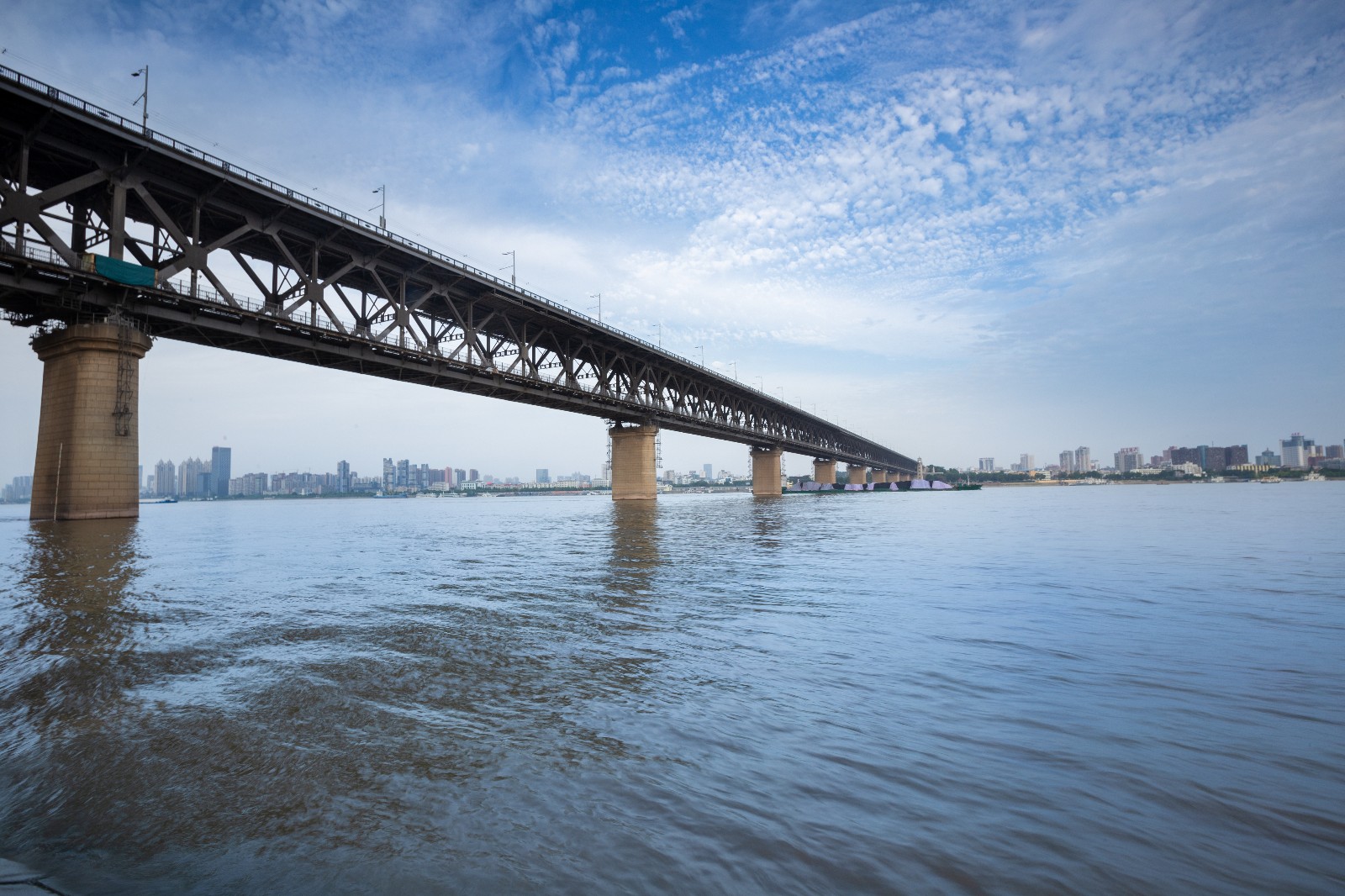Wuhan, Han for short and known as the River City, is the capital of Hubei Province. It is the only sub-provincial city in the six provinces in Central China and a megacity. As approved by the State Council, this city has been identified as a central city in Central China. Further, it is an important industrial base, science and education base and comprehensive transportation hub in the country. By the end of 2019, the city covered a total area of 8,569.15 km², and had a registered population of 9.0835 million and a migrant population of 5.1030 million; its GDP came up to 1.71 trillion yuan.
Wuhan lies in the eastern Jianghan Plain and the middle reaches of the Yangtze River. It is the very place that the Yangtze River and its largest tributary Hanjiang River meet, which has led to the pattern of three towns -- Wuchang, Hankou and Hanyang. With a water area making up a quarter of its entire territory, the city is linked by rivers, lakes and ports. As the economic and geographical center of China, Wuhan has been reputed as the “Thoroughfare of Nine Provinces”. It functions as the largest transportation hinge of water, land and air in inland China and the shipping center in the middle reaches of the Yangtze River, and boasts a high-speed rail service covering more than half of China. Besides, it is the only city in Central China that has direct access to the five continents.
Wuhan is the core city in the Yangtze River Economic Belt, the stronghold for the rise of central China strategy, the pilot zone for all-round innovation reform, and the seat of the Joint Logistics Support Base. Also, the city is one of the three major intelligence intensive areas domestically, where Optics Valley of China is committed to building an innovation and entrepreneurship center of global influence. Wuhan, in accordance with the requirements by the National Development and Reform Commission of P. R. China, is speeding up its efforts to build itself into a national central city supported by four major functions, namely, national economic center, quality sci-tech innovation center, trade logistics center and international communication center.
Wuhan, a famous Chinese historical and cultural center, is an important birthplace of Chu Culture, with Panlongcheng Shang Ruins extending as long as 3,500 years. Time since the Spring and Autumn Period (771–476 BC) and the Warring States Period (475 to 221 BC) has seen Wuhan play a vital part as a military and commercial town in South China. When it came to Ming and Qing Dynasties, the city blossomed into the most prosperous place in the region and one the four most important commercial cities in China. In the late Qing Dynasty, the opening of the commercial port and the initiation of the Westernization Movement together allowed the city to usher in the process of modernization. As a result, it became a key economic center in modern China and was hailed as the “Chicago of China”. Being the place where the Revolution of 1911 began, Wuhan has been the national center of politics, military and culture several times in modern history.







